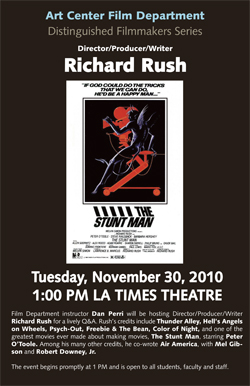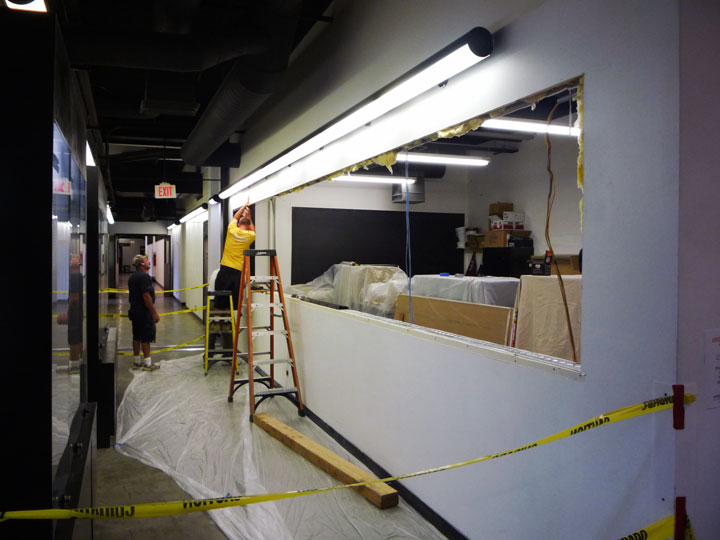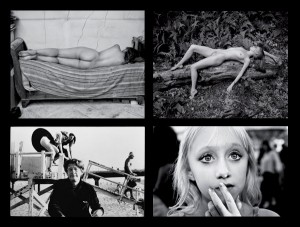 Tonight is the New York opening of Three Boys From Pasadena: A Tribute to Helmut Newton, featuring the photographs of Art Center alumni Mark Arbeit, Just Loomis and George Holz. The exhibit will run through Jan. 30 at Clic Gallery in New York.
Tonight is the New York opening of Three Boys From Pasadena: A Tribute to Helmut Newton, featuring the photographs of Art Center alumni Mark Arbeit, Just Loomis and George Holz. The exhibit will run through Jan. 30 at Clic Gallery in New York.
Helmut Newton (1920-2004), a native of Berlin, was known for his provocative and erotically charged black-and-white photography, especially of female nudes. His shocking and later much-imitated style was a constant in the pages of US Vogue and Vogue Paris.
Arbeit, Holz and Loomis first met Newton in 1979 while students at Art Center. Eventually all three became Newton’s assistants during one of the most exciting and prolific times in his career. For 30 years, they kept in touch, sharing their personal work with Newton and his wife, June.
In June of this year, Three Boys from Pasadena, curated by June Newton, premiered at the Helmut Newton Foundation in Berlin. The exhibit consists of each photographer’s individual work, as well as several memorabilia panels consisting of never-before-seen snapshots, handwritten notes, journal pages, contact sheets and other souvenirs of Newton’s life. Three Boys from Pasadena is an exceptional memorial to one of the 20th century’s most iconic photographers, and an unusually revealing look at personal and professional relationships among artists and protégés.
The accompanying book, published by Factory/LeJoker, is available as well. There will be a book signing at tonight’s event.
Three Boys from Pasadena: A Tribute to Helmut Newton
Dec. 7, 6 to 8 p.m.
Clic Gallery, New York

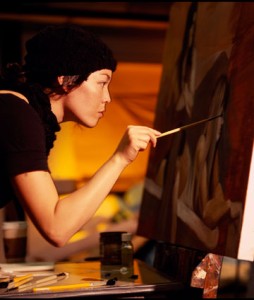
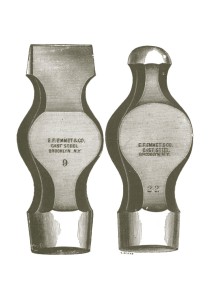



 interviewing the homeless to find out more about them, how they lived, and what they needed. He conceptualized a mobile, single-person device that would facilitate recycling (a principal source of income for many homeless) by day, and at night convert into a tent-like enclosure for sleeping, with privacy and storage space. It would be called
interviewing the homeless to find out more about them, how they lived, and what they needed. He conceptualized a mobile, single-person device that would facilitate recycling (a principal source of income for many homeless) by day, and at night convert into a tent-like enclosure for sleeping, with privacy and storage space. It would be called 